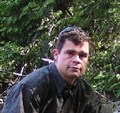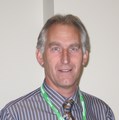FLASHBACK TO 2010: "Publication of the Technical Manual for the Water Balance Model allows users to follow the numbers," stated Richard Boase, Co-Chair of the Inter-Governmental Partnership, at the time of its release

“The community of Water Balance Model users had been asking for a technical manual that documents the intelligent WBM interface that translates user information into data used by the QUALHYMO engine. The lens for manual development was the engineering user who wants to follow the numbers from the WBM interface keystroke to the QUALHYMO file. In a nutshell, it is all about data mapping,” stated Richard Boase in 2010.










